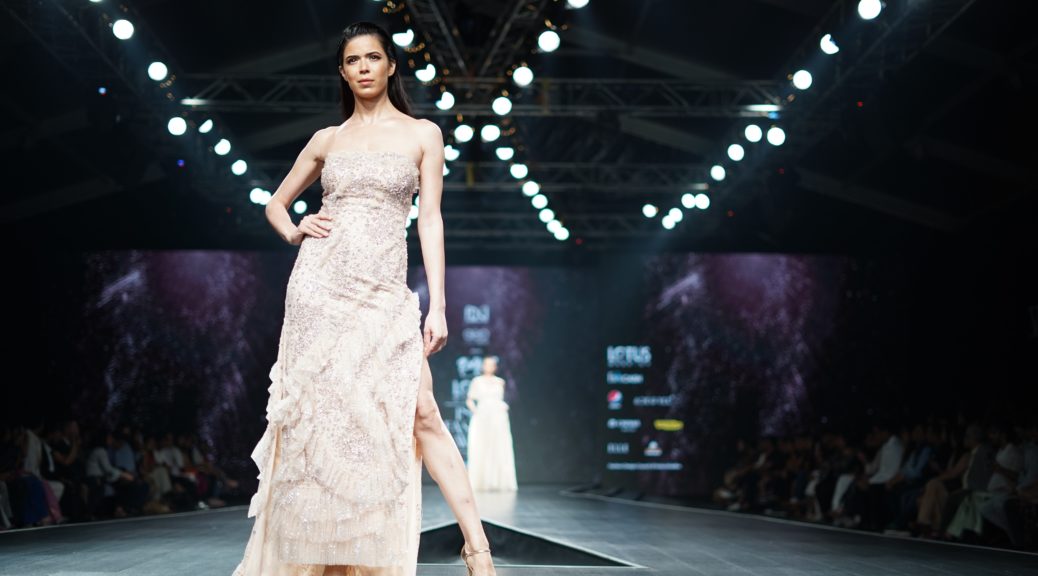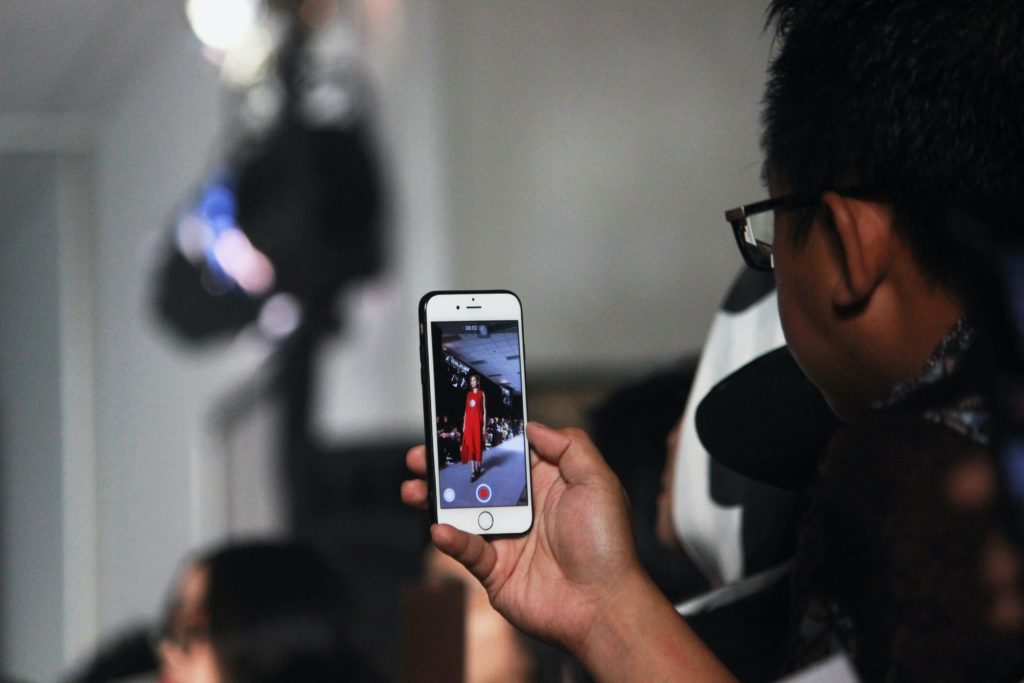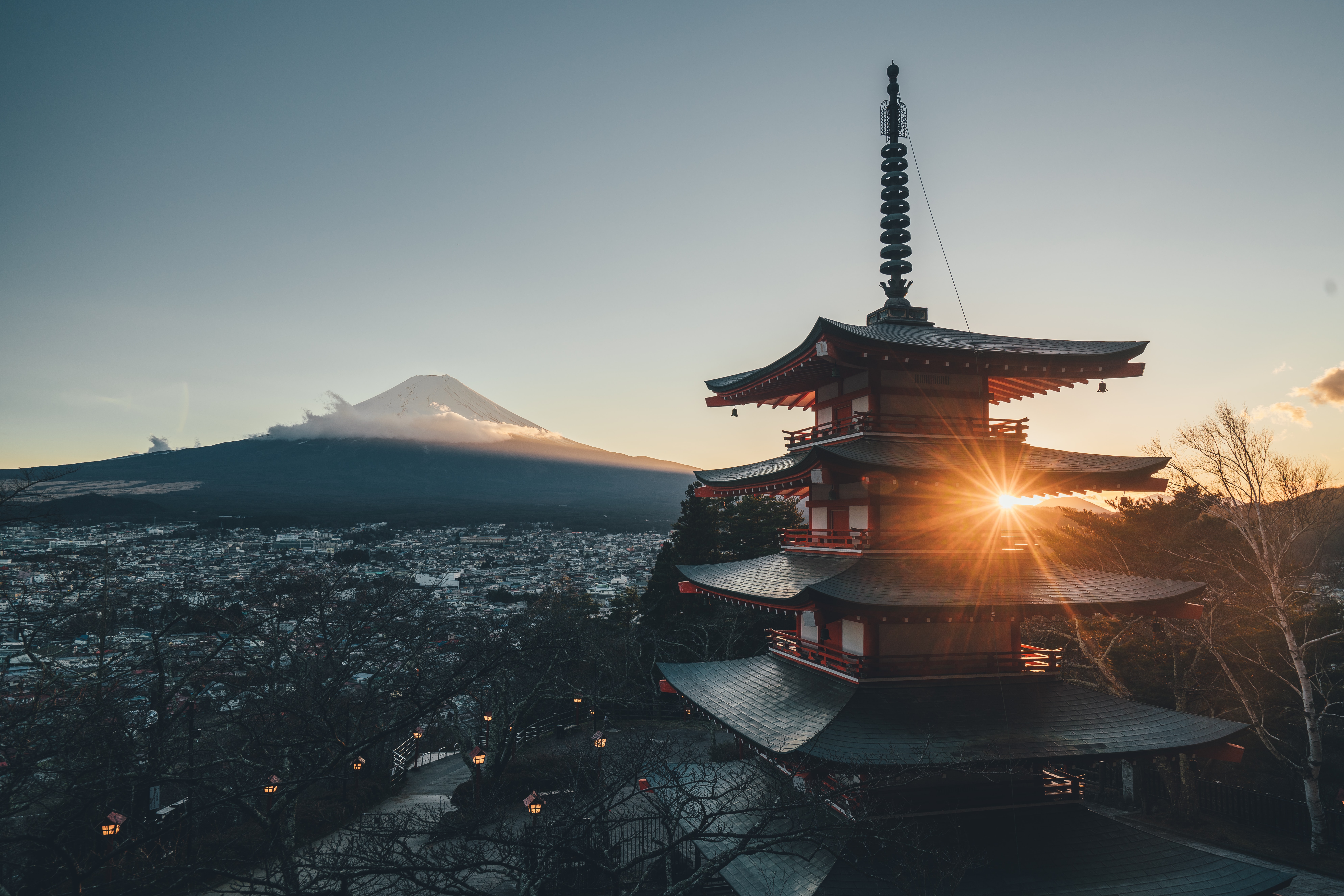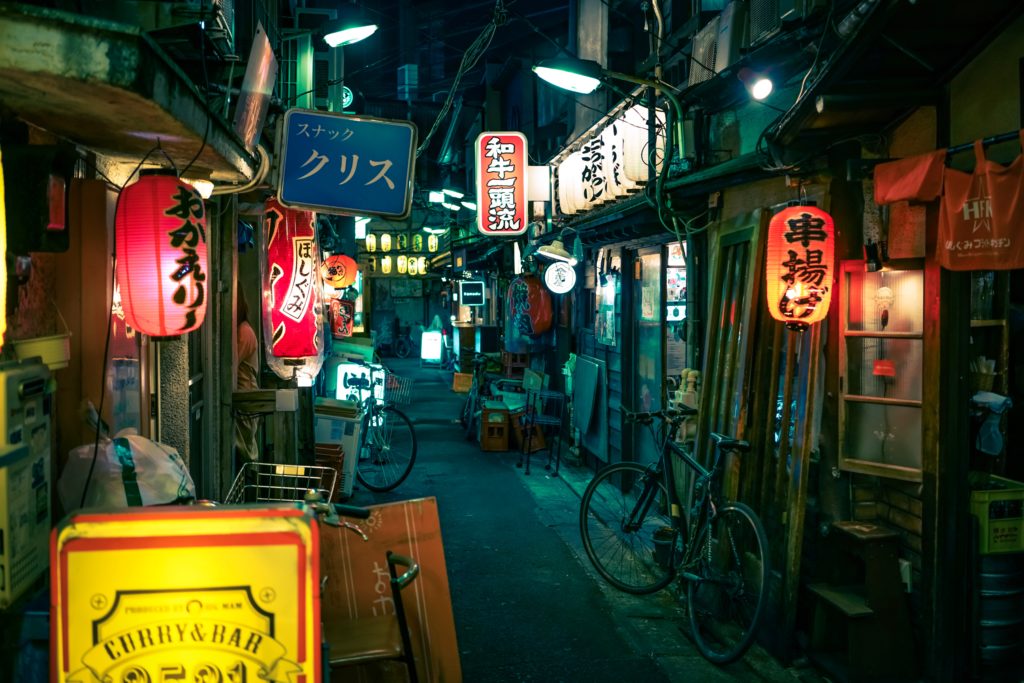By Natalie Grace Sipula
As an avid music lover, I am always excited to see who the nominees for the Grammy Awards will be. The Grammy Awards, also known as the Grammys, is an awards show presented by the Recording Academy of the United States to recognize talent in the music industry. The award categories span a variety of different genres and roles in the music industry, but the most widely anticipated awards are typically Album of the Year, Record of the Year, Song of the Year, and Best New Artist.
While the Grammys have come under criticism in recent years for not always recognizing artists of diverse backgrounds and focusing mainly on pop music, the performances and awards still garner a large amount of recognition for the artists who receive them. It can be fun to tune in and see who wins in each category, especially in years where a lot of big name artists release new music. I was particularly excited for the 2023 Grammys, as two of my favorite musical artists, Bad Bunny and Harry Styles, were nominated for awards. This surely turned out to be a great year for both of these artists, with Bad Bunny performing the opening act and winning an award in the category Best Música Urbana Album, and Harry Styles’s “Harry’s House” winning Album of the Year. You can peruse the exhaustive list of who was nominated and who won in each category here.
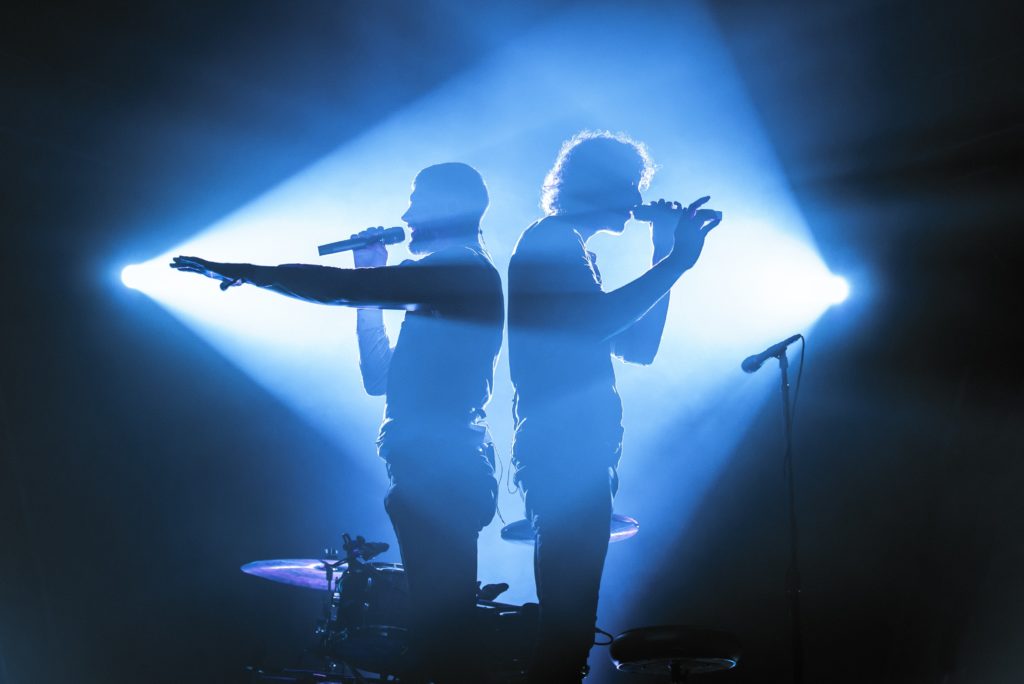
Bad Bunny’s opening performance was particularly notable, as he is the only person to open a Grammys show with a performance entirely in Spanish. He represented his home country of Puerto Rico proudly, choosing songs for his setlist that mentioned the strength of his country and performing alongside folkloric dancers. His performance had everyone in the audience dancing to the traditional merengue dance music. He even made history as the first person to have a Spanish language album nominated for Album of the Year! As someone who speaks Spanish and has been listening to Reggaeton (a popular Latin American music style) for years, I was so excited to see so much discussion surrounding this performance. In my opinion, this represents necessary changes and recognition for minority artists at popular American awards shows such as the Grammys.
Another exciting moment was watching Harry Styles win the Album of the Year for “Harry’s House”. While many people were disappointed to see Harry win over Beyonce’s “Renaissance”, Bad Bunny’s “Un Verano Sin Ti”, or Lizzo’s “Special”, I was actually very happy to see Harry’s win (although I think the other artists nominated had great albums too). Harry Styles has had a landmark year in music, including topping the charts for number #1 album and number #1 track with his single “As It Was”. To me, it is so impressive that Harry has been able to greatly evolve in his sound and musical style across only three solo albums, and that he is already selling out arenas so early in his solo career. I had the opportunity to see his “Harry’s House” tour live in concert at the Forum in Los Angeles, and I completely understood why he has been having so much success this year. He performed a fairly long set list completely solo, remaining high energy throughout the performance even after he had canceled some shows earlier that week from being sick. At the concert, I could feel the positivity and energy everywhere and his live renditions of the songs were even better than the recorded versions!
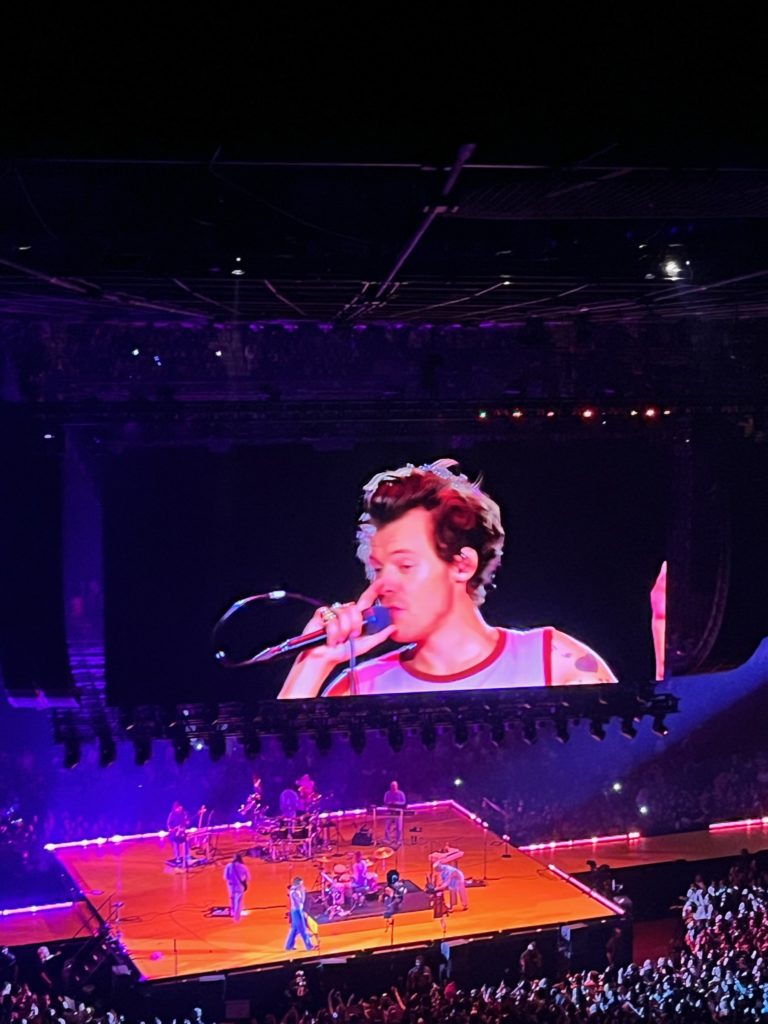
Overall, I think Harry Styles’s Grammy award was well-deserved, as was Bad Bunny’s and the other artists winning in major categories. I am excited to see more creativity in new music releases this year, and recommend tuning into the Grammys next year to stay in the know about popular and talented artists.
Featured Image by Sudhith Xavier on Unsplash
Natalie is pursuing a double major in Philosophy, Politics, & Law and Spanish and plans to pursue a career in criminal law. She is a senior from Cleveland, Ohio and is a Presidential Scholar studying in the Thematic Option Honors Program. On campus, Natalie is involved in QuestBridge Scholars, USC Model UN, Phi Alpha Delta law fraternity, Trojan Scholars Society, and Gamma Phi Beta sorority. Growing up she was dedicated to theatre, including studying and performing at Cleveland Play House. She has served as a volunteer camp counselor with Mi Pueblo Culture Camp in Cleveland and has volunteered with Angel City Pit Bull animal shelter in Los Angeles. An avid concertgoer, she also enjoys visiting SoCal’s beaches and mountains and exploring all that L.A. has to offer. You’ll find her reading Russian literature, watching telenovelas, playing acoustic guitar, hiking, drinking boba and eating sushi.


